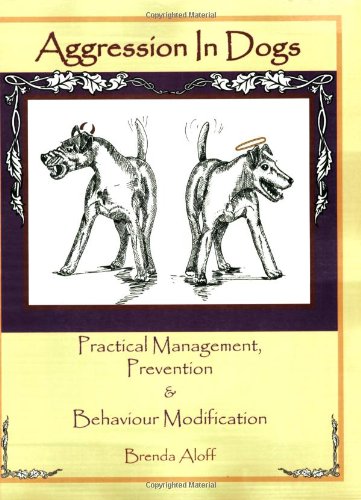One thing that all dogs have in common is a desire to please their owners. Unfortunately, an interspecies language barrier makes it difficult to get the point across. Training lets you overcome this barrier. It establishes a means of communication between you and your dog that's bound to brighten your relationship. After all, training shows your dog how to earn exactly what it craves - your approval.
Before you start actively training your dog, you might want to invest a little time learning a touch of the dog's language. We don't just mean barking. Body language is an extremely important communication tool between dogs and other creatures. If you spend just a few moments watching your dog, you may come away with the ability to understand, even "connect" with your dog, much to its delight.
For instance, dogs often show they want to romp by making a "play bow." You'll recognize a play bow when your dog stretches out his forelegs before him and directs his rear end straight up in the air. Dogs instantly understand what this posture means, whether it is performed by another dog or a human being. Try imitating the play bow in front of your dog when it seems to be in the mood for fun. Chances are, your pet will reward you with an intriguing and exuberant response.
Other forms of canine body language worth understanding are signs of submission and aggression. Dogs who are submissive will often crouch down when you approach them, tuck their tail between their legs or roll over to expose the belly. They may urinate on the floor. This is a dog who doesn't want to assert itself. This dog may need a lot of reassurance. Training may help the submissive dog "find itself."
An aggressive dog, besides showing teeth or letting out a low growl, may indicate aggression by raising the hair on the back, putting the ears forward and holding the tail high. You can usually catch a glimpse of the dog's mood by the ugly look in its eyes. In fact, reading the expression in a dog's eyes is a powerful way to gauge its feelings, both good and bad. Most dogs do not like to maintain eye contact with a human being or more dominant dog for long; they will shift their gaze sideways before looking back again. In the wild, animals often interpret direct staring as a challenge. Once you build a trusting relationship with a dog, however, you will probably find your dog sending long, loving looks your way without fear of reprisal.
Another thing to remember is that your puppy naturally begins to learn the moment it sets foot in your house, even if you do not know it. Dogs are creatures of habit. They soon establish routines and expectations based on what patterns are set by their owners. Consider the dog who perks up every time it hears a can opener pierce a can lid. Or the one who whines when it sees its owner pick up car keys, because it has learned that soon enough it will be alone for the day. And surely you've seen many a dog surge into action by the sight or sound of a leash being picked up.

 Catch Him Being Good
Many people find that they d
Catch Him Being Good
Many people find that they d
 Have Furry Children? Four Important Facts for Happy Pets
Whats the saying? Happy Pets
Have Furry Children? Four Important Facts for Happy Pets
Whats the saying? Happy Pets
 Eight Reasons Why Your Dog Is Aggressive
Dogs have been a man’s
Eight Reasons Why Your Dog Is Aggressive
Dogs have been a man’s
 A Review of The Invisible Fence
Chubbymy pet LabradorI have a pet dog, named him Buddy, he i
A Review of The Invisible Fence
Chubbymy pet LabradorI have a pet dog, named him Buddy, he i
 Pet Dog Supplies - To Keep Your Pet Dog Happy
Every pet has their own individuality, especially dogs.
Pet Dog Supplies - To Keep Your Pet Dog Happy
Every pet has their own individuality, especially dogs.